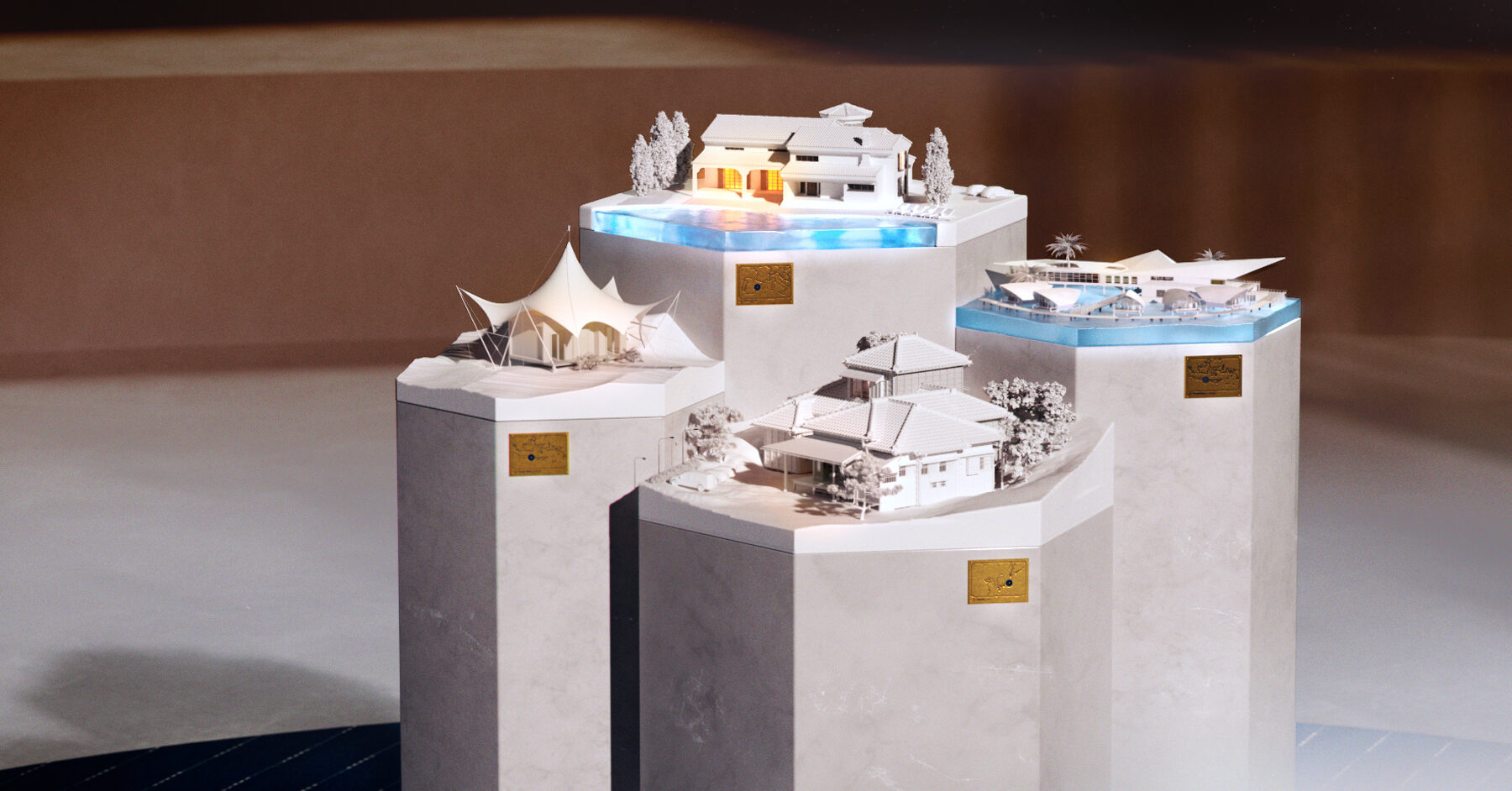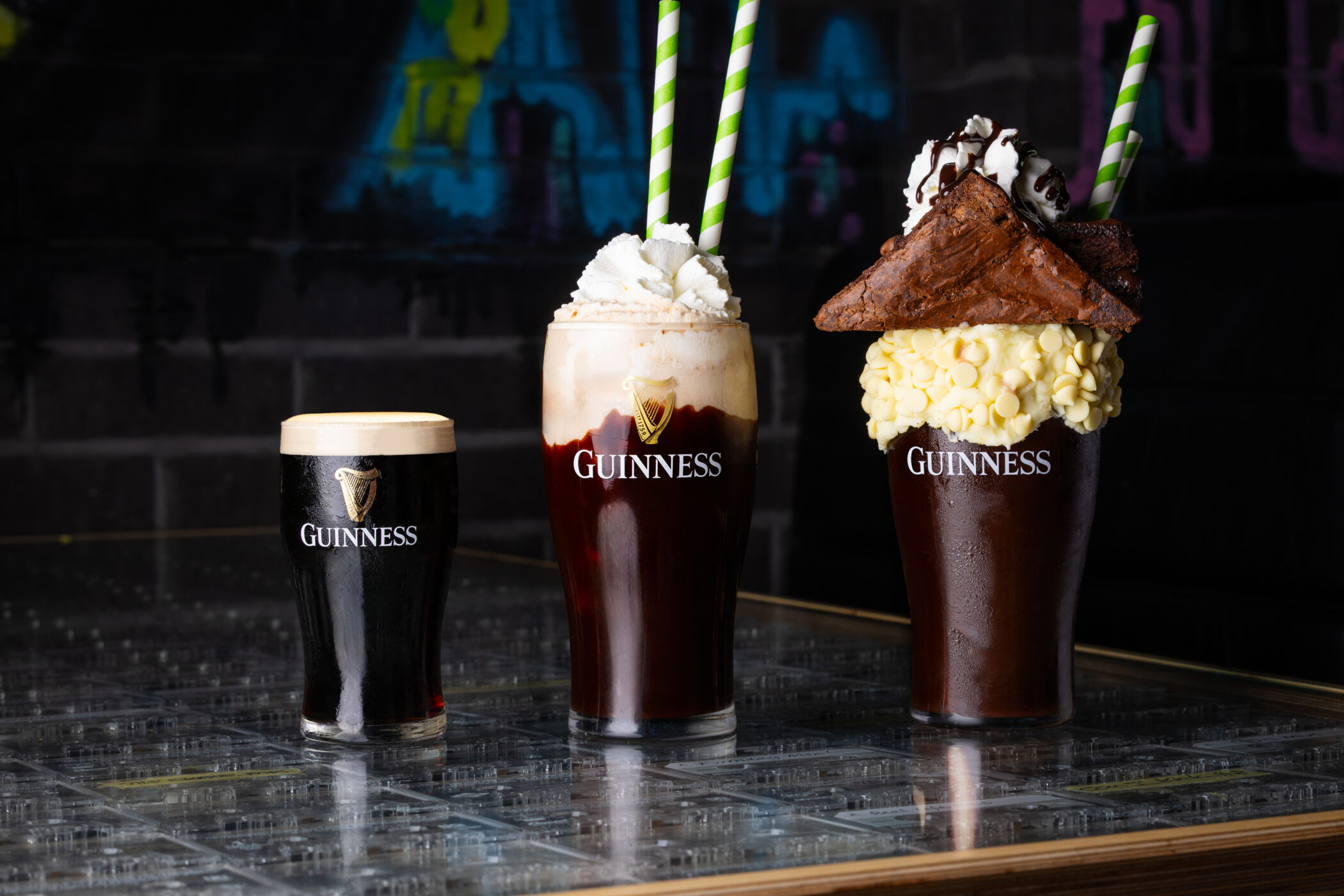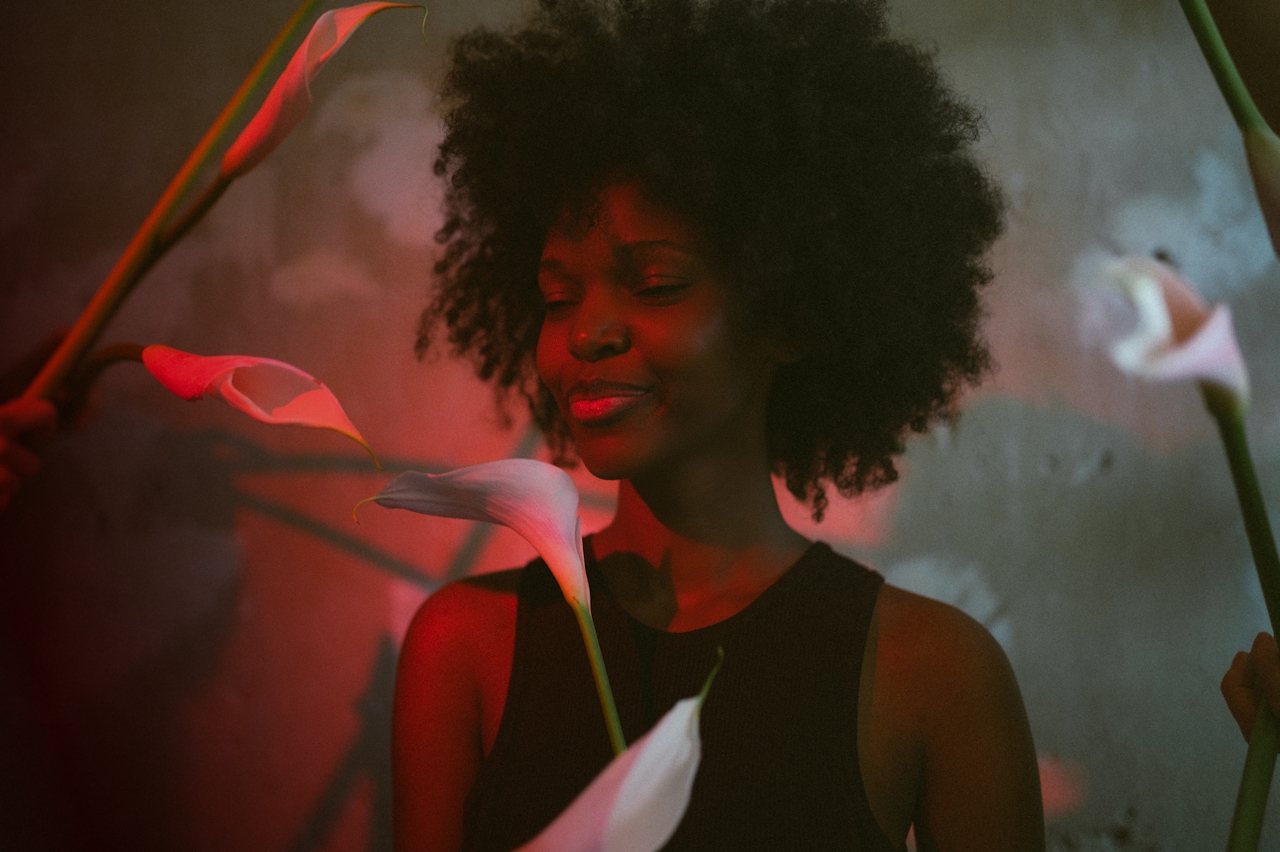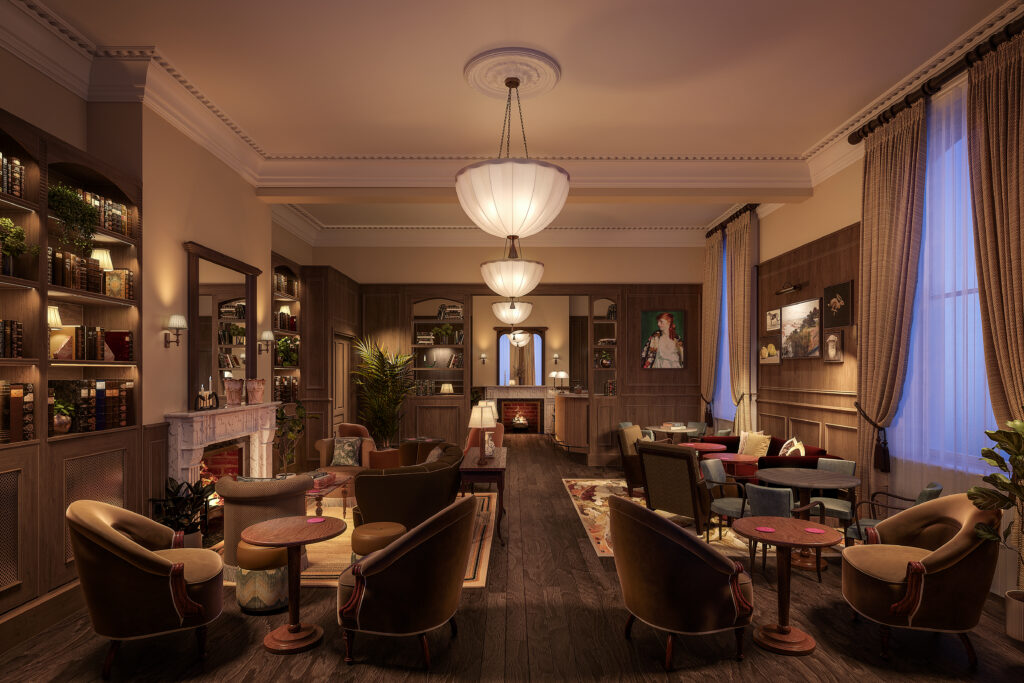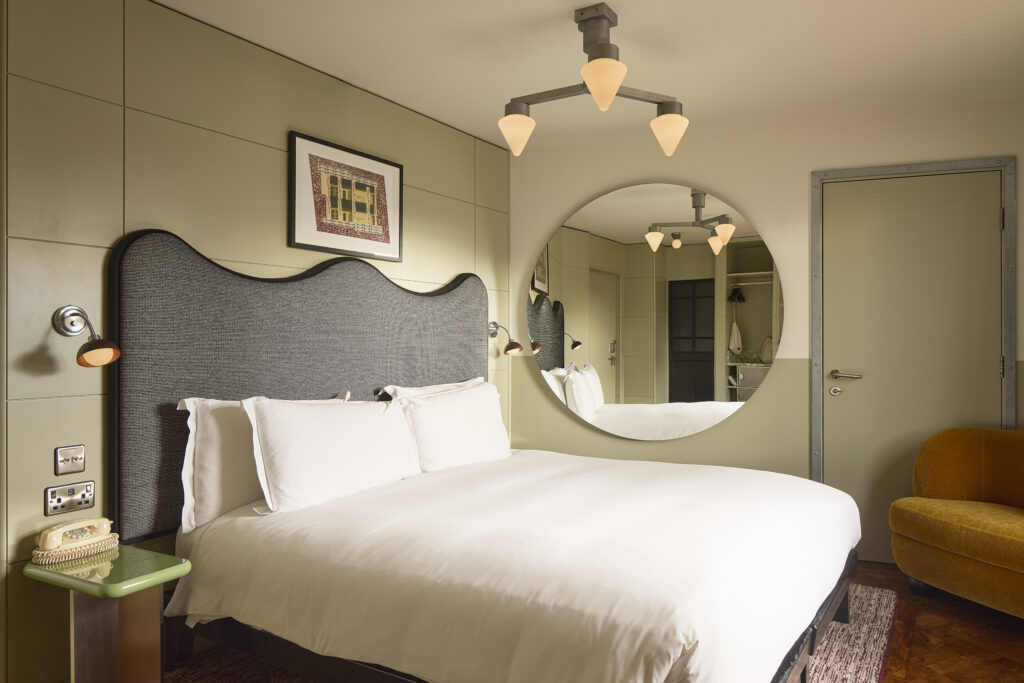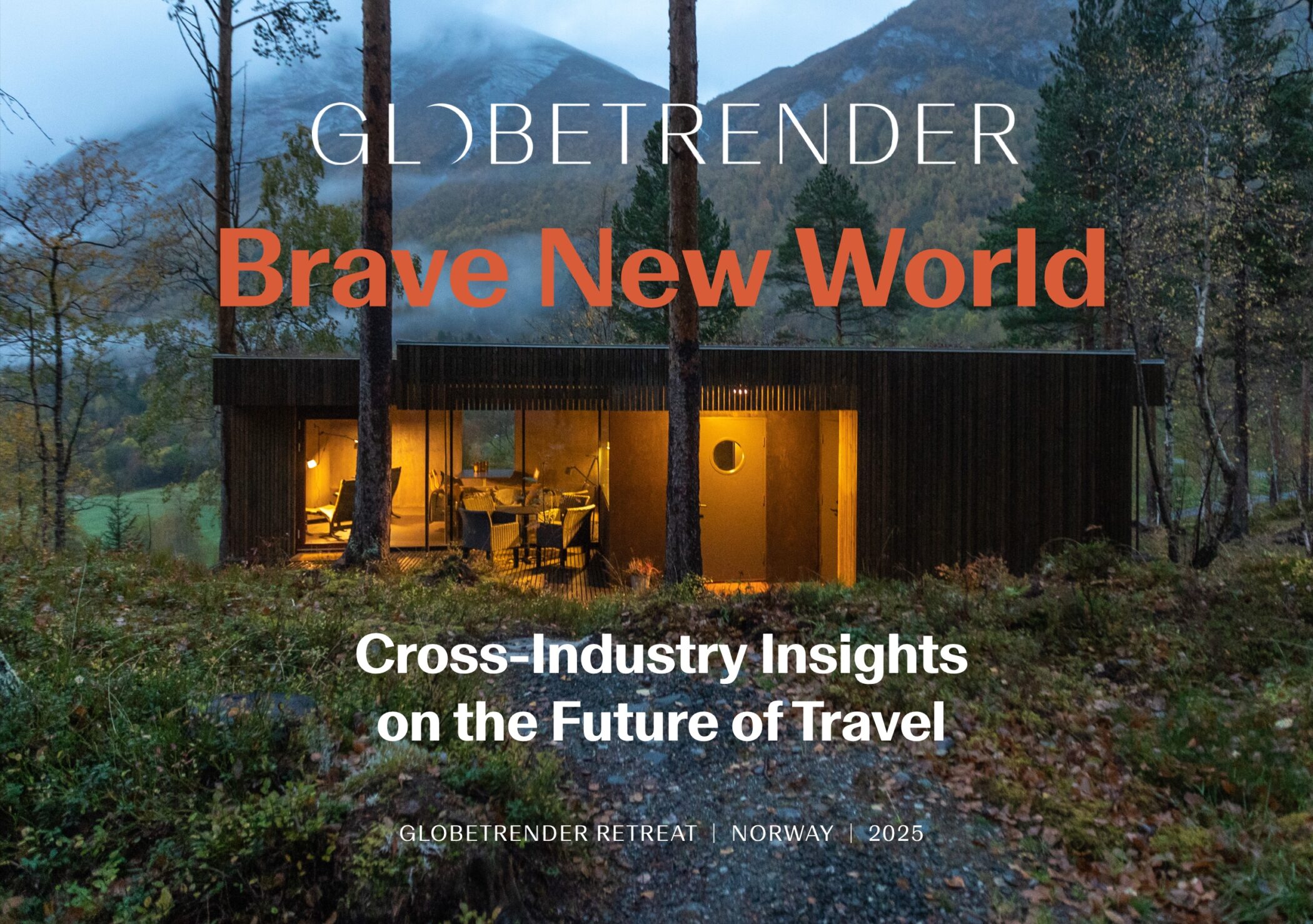Globetrender spotlights ten independent hotel trends
From Co-working Communities to Experiential Retail, independent hotels are continuing to redefine hospitality with experimental concepts that may soon enter the mainstream.
Unveiled at the recent Independent Hotel Show in London, Globetrender's new Independent Hotel Trends 2024-2026 forecast identifies ten key trends shaping the future of hospitality.
Presented at the event by Globetrender editor, founder and CEO Jenny Southan, she said: "These trends are valuable because they present revenue-generating opportunities for independent hotels entering the next phase of their journey.
"Whether a hotel has been handed down from generation-to-generation or is a disruptive new upstart, it is essential to understand the shifting expectations of today’s global travellers and translate these into actionable strategies.
"With major brands expanding rapidly through new openings, acquisitions and mergers, it becomes harder and harder for independent hotels to gain cut-through in a crowded marketplace. However, word-of-mouth recommendations and the power of social media can go a long way in boosting hotel bookings, even without the might of a branded collection or chain behind them."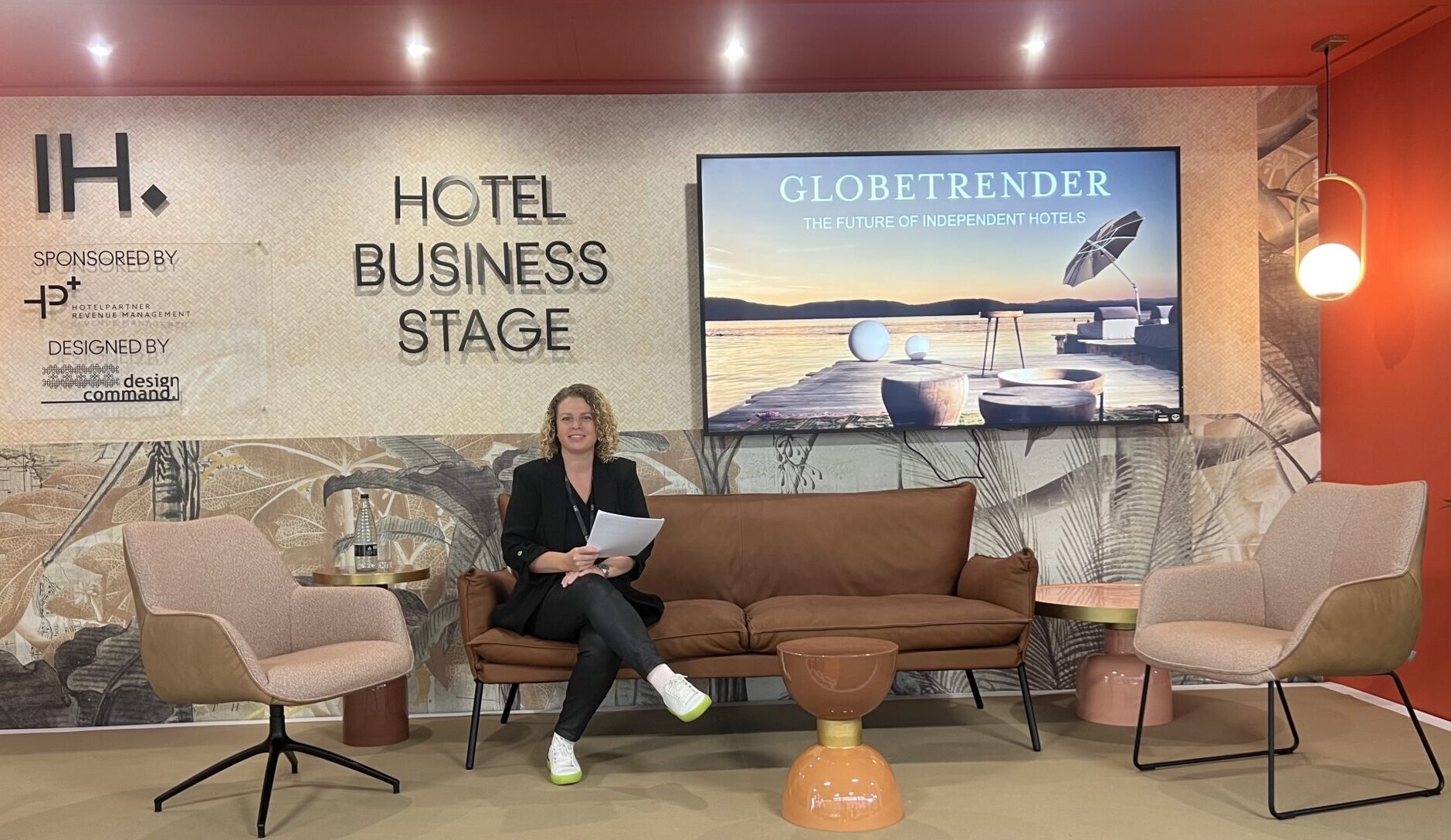 The trends Globetrender features in the new report are:
The trends Globetrender features in the new report are:
- Co-working Communities
- Cultural Encounters
- Joyful Design
- Wellness Boosting
- Locavore Sourcing
- Personalised Curation
- Low-Impact Operations
- Experiential Retail
- Micro Chains
- Big Brand Takeovers
Southan says: "In an ever-evolving landscape of travel and hospitality, independent hotels have emerged as a dynamic force that is redefining the very essence of the guest experience. These boutique establishments, often family-owned or managed by passionate entrepreneurs, are breaking away from the cookie-cutter mould of chain hotels, offering travellers distinct, memorable stays with a strong sense of place."
Designed as a compass for individual hoteliers, developers and other industry stakeholders, this report provides practical insights into the trend leaders you need know about and what you can learn from them.
Southan says: "With corporate Goliaths unable to act fast or nimbly, independent hotels have the advantage when it comes to experimenting with ambitious sustainability initiatives, bringing new concepts into the world or building genuine relationships with guests in an age of mass tourism."
Here are excerpts from three of the trends featured in the Independent Hotel Trends 2024-2026 report:
1. CO-WORKING COMMUNITIES
 Although many major companies are demanding a full return to the office from 2024, we are now living in the age of the entrepreneur. Nowadays it’s not uncommon to meet people working on side hustles or at the very least dreaming of starting their own business.
Although many major companies are demanding a full return to the office from 2024, we are now living in the age of the entrepreneur. Nowadays it’s not uncommon to meet people working on side hustles or at the very least dreaming of starting their own business.
In the UK, there are now 4.3 million self-employed people – that’s 64,000 more than in summer 2022. For many people, remote working – at least part time – is now the optimum way of operating. A recent study by self-employment specialists MBO Partners revealed that 72 million US citizens are planning to become digital nomads over the next two to three years.
This means there is a huge opportunity for independent hotels to create Co-working Communities for both locals and travellers, where they combine productivity with downtime.
As life and work becomes increasingly blended, creating inviting spaces within hotels for people to get their laptop out is a great way of enticing a younger demographic of travelling professionals.
One of the easiest coworking implementations is day-use communal spaces. The Hoxton group, Locke Hotels, CitizenM and Mama Shelter have all made revenue-generators out of their lobbies thanks, namely, to coffee sales. Some brands, Hoxton included, have gone a step further, with membership passes to dedicated hotdesk zones.
Trendy lifestyle chain Selina says it’s “custom-built for today’s nomadic traveller”, providing guests with a “global infrastructure to travel and work abroad seamlessly”. Stamba (pictured), a Design Hotel in Tbilisi, has “D Block” – two floors of curated workspace that’s going as far as calling itself an incubator for start-ups.
Globetrender believes that the future of this trend may manifest in independent hotels offering longer stays.
The success of long-stay aparthotels can be seen in ever-expanding brands such as Roost, an “extended-stay concept hotel” group with five properties in the US; and Zoku, which designed its European lofts as home-office hybrids – the kitchen table providing the focal point rather than the bed, which is sealed off on a mezzanine level behind a sliding door.
2. EXPERIENTIAL RETAIL
 Over the coming years, Globetrender believes the rise of “shoppable” interiors offers an exciting opportunity for independent hotels to create new revenue streams through branded merchandise, furniture, art and homeware that is all available for sale.
Over the coming years, Globetrender believes the rise of “shoppable” interiors offers an exciting opportunity for independent hotels to create new revenue streams through branded merchandise, furniture, art and homeware that is all available for sale.
Danish design company Vipp has launched a series of “one-room wonders” – essentially, micro-showrooms in various locations across the country that you can stay the night in. Next year will see more Vipps open in upstate New York, Iceland and Tasmania. After checking in, you will be able to cook in a Vipp kitchen, put food in Vipp bins, sit on Vipp chairs and shower in Vipp bathrooms.
The Paul Smith suite (pictured) at Brown’s hotel in London is another example. Hotels that embrace experiential retail can not only create new revenue streams, but boost brand devotion, as products purchased during a stay can end up sitting in homes years after check-out.
Globetrender recently spoke to the founder of Mama Shelter, a formerly independent brand that now sits under Ennismore and Accor. And he told us that about 7% of their annual turnover comes from retail.
That’s not to say any old general store will do. Aligning your retail proposition with your hotel identity is paramount. Look at Palm Heights, in Grand Cayman, which has an appointment-only bookshop called Library Fetish. The hotel has also just launched an on-site concept store called Dolores, that celebrates designers of the Caribbean diaspora.
Original pioneers of the concept, Ace Hotels’ lobby stores are still going strong around the world; its latest Toronto outpost sells “Lake Ontario is Great” socks and lighters branded by local cannabis dispensary, Superette, alongside the usual prints, robes and totes.
Soho House, another earlier adopter, now has physical retail outlets for its homeware brand, Soho Home, and an online skincare brand, Soho Skin, beloved by members who receive a discount on purchases.
There’s plenty of inspiration to be taken from the increasing number of retailers carving a place in the hotel industry, too: Japanese retailer Muji currently shows off its minimalist homeware in three Asian Muji Hotels – the Ginza outpost even sits atop the city’s flagship store.
TREND 5: JOYFUL DESIGN
 We all need a bit of joy in our lives right now do we? In the past, travellers were drawn to the predictability of uniform chain hotels but as people have become more worldly, it’s big colour moves from independent hotels that make the magazine covers. Essentially: maximalism is in, beige is out.
We all need a bit of joy in our lives right now do we? In the past, travellers were drawn to the predictability of uniform chain hotels but as people have become more worldly, it’s big colour moves from independent hotels that make the magazine covers. Essentially: maximalism is in, beige is out.
At the new nine-bedroom Villa Palladio in Jaipur (pictured), the interiors feature walls in lacquered reds and pomegranate-pinks, loud prints and chequerboard floors. Co-founder Barbara Miolini, told Architectural Digest: “When travellers leave us here in the Pink City, I would like them also to remember the red.”
Paris is a particularly strong city to look at for inspiration: new opening Le Grand Mazarin is a Martin Brudnizki-designed cacophony of pastels, prints and trippy quirks, with loud headboards, murals and a striped indoor pool. Sinner, another Paris hotspot, has a devilishly ecclesiastical theme, where cardinal-red elevators are dressed as confessional booths and stained glass windows line the dimly-lit corridors.
Newcomer Hotel de la Boetie has thrown out white bed sheets in favour of pink. Consider also Kit Kemp’s new Warren Street hotel opening in 2024 in New York, which is rich in contrasting colours and textiles.
Further design-trends-with-benefits include hyper-local decoration, using neighbourhood artists and craftspeople to reflect the character of the local area through the hotel’s specific design aesthetic.
In the age of Instagram, investing in a social-savvy colour consultant could prove fruitful (colour always makes a good background for photos). The Hoxton hotel brand recently went as far as collaborating with Bauwerk paint to create a custom range of hues for guests to decorate their own homes in. This also connects with the Experiential Retail trend.






